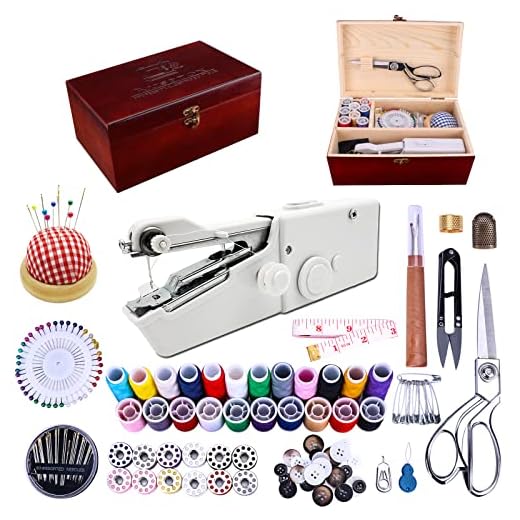



Utilize durable fabric such as neoprene or thick cotton to construct an effective protective sheath for your travel gear’s grips. Measure the length of the grip, ensuring you leave allowance for seams, and cut two rectangles that will create a snug fit around the grip.
Incorporate a fastening method like Velcro or snaps to secure the cover in place, preventing it from slipping during transit. Consider adding padding on the inside for comfort and grip enhancement. This additional layer can significantly reduce wear and tear, making it a smart choice for frequent travelers.
For personalization, decorative elements such as patches or unique stitching can be added, making your gear easily identifiable in a crowded airport. This solution not only protects but also adds a touch of individuality to your belongings.
Choosing the Right Materials for Your Luggage Handle Wrap
Opt for durable fabrics that withstand wear and tear. Neoprene or padded nylon are excellent choices due to their resilience and water resistance. Consider breathable materials like cotton for comfort, especially during prolonged use.
Thickness and Grip
A thicker padding can enhance grip and comfort, reducing strain on your hands. Look for slip-resistant textures, ensuring that your fingers maintain a secure hold. Avoid overly stiff materials that may lead to discomfort in extended travel situations.
Colors and Patterns
Select colors and patterns that reflect your personality while remaining practical for visibility. Bright colors can help identify your bag quickly, whereas patterns can conceal minor stains. Additionally, a washable material will help maintain cleanliness; for tips on care, refer to how to clean sonic scrubber heads.
Step-by-Step Instructions for Sewing a Custom Handle Wrap
Gather the selected fabric, measuring tape, scissors, and sewing kit. Cut the fabric into a strip approximately 2-3 inches wide and 15-20 inches long, depending on size preferences.
Fold the strip in half lengthwise with the right sides facing each other. Iron the fold to create a crease, then unfold the strip. This crease will serve as a guide for later steps.
Pin the long edges together, aligning them evenly. Start sewing along one edge, leaving approximately a quarter-inch seam allowance. Secure the stitches with backstitching at the beginning and end. Repeat this for the opposite edge.
Carefully turn the fabric right side out using a safety pin or a turning tool. Iron the fabric to flatten it. Ensure the seam is positioned centrally and looks neat.
Use a needle and thread to secure the ends of the strip, creating a loop that fits snugly around the grip. If desired, add decorative stitching or embellishments for a personal touch.
Finish the process by attaching Velcro or snaps for easy closure, ensuring functionality while retaining style. Test the fit on the chosen grip, adjusting as necessary.
Personalize Your Wrap for Easy Identification
To enhance visibility and secure quick recognition, consider adding unique elements to your crafted accessory. Here are some practical ideas:
Color and Pattern Choices
- Select bright colors such as neon shades or vibrant patterns that stand out.
- Mix and match prints that reflect your style, making it easily distinguishable.
- Incorporate contrasting colors for quick identification during busy travel times.
Adding Tags or Initials
- Attach a personalized tag with your name or contact information for added security.
- Sew on fabric letters or initials to the outside for a signature touch.
- Use fabric paint to write identifying phrases or symbols that resonate with you.
Consider complementing your travel accessories with the best umbrella stroller for New York City to navigate urban terrains seamlessly. Additionally, a best smell proof backpack can safeguard your belongings while ensuring a stylish and practical travel solution.
Tips for Maintaining and Cleaning Your Luggage Handle Wrap
Regularly inspect your accessory for any signs of wear and tear. If you notice fraying or loose threads, repair them immediately to prolong its lifespan.
Cleaning Steps
Use a damp cloth combined with mild soap to wipe down the surface. For fabric parts, gently scrub using a soft brush to remove dirt without damaging the material.
Drying and Storage
After cleaning, allow the wrap to air dry completely before putting it away. Avoid exposing it to direct sunlight for extended periods to prevent fading. Store it in a cool, dry place to maintain its integrity.
Apply a fabric protector or water repellent spray periodically to guard against stains and spills. Always follow the product instructions for optimal results.
For leather options, a specialized leather conditioner can restore its shine and flexibility, preventing cracks. Test any products on a small area first to ensure compatibility.








